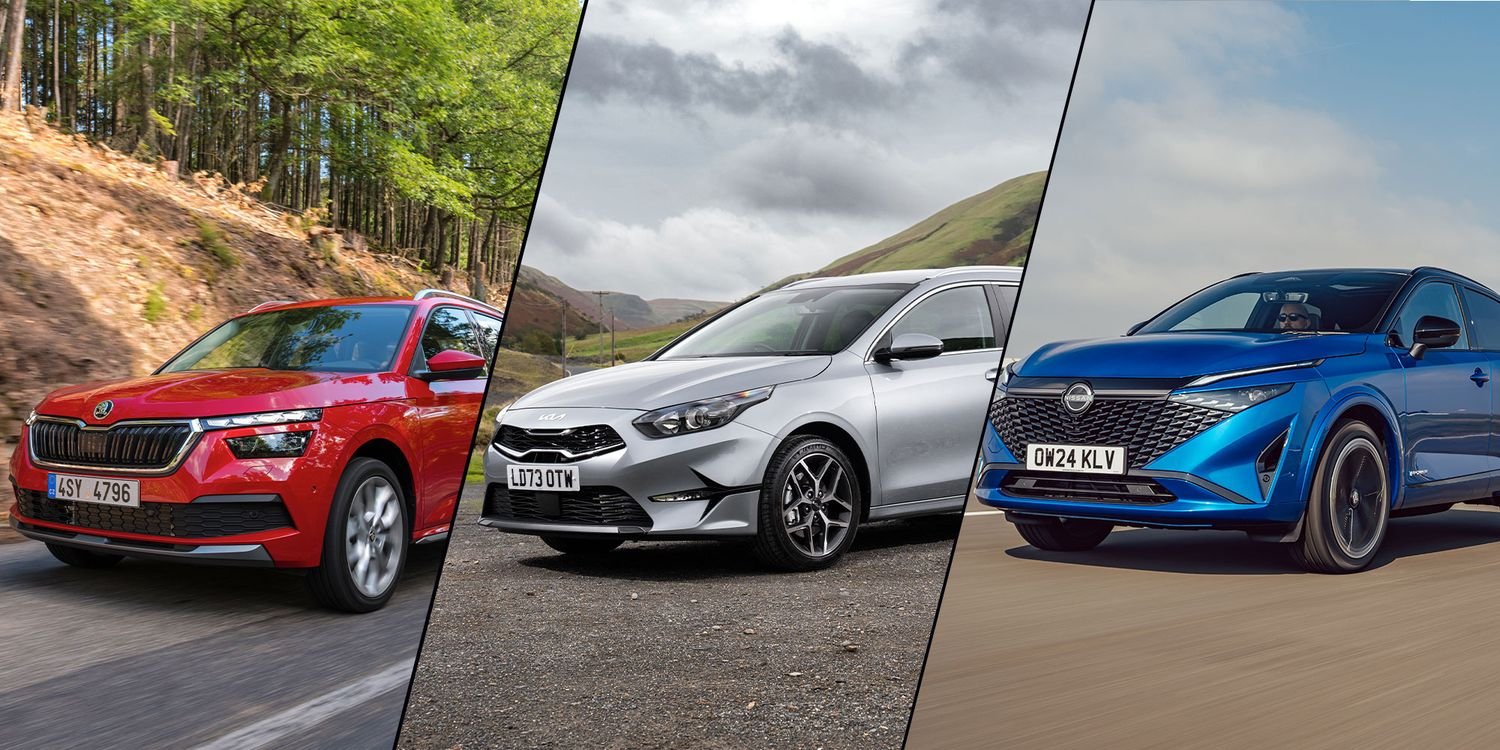Which? research reveals you don’t need to pay through the nose to get a car that does more than simply get you from A to B.
The average asking price for cars has increased sharply in recent years. Supply chain issues, the cost of materials and the rise of EVs (which are typically more expensive) have all contributed to what appear to be mid-range cars costing more than £40,000, and often without many fancy extras to show for it.
To help you find the models that offer efficient, safe and comfortable everyday motoring while also being cheaper than their peers, we’ve launched our Great Value recommendation for cars.
Watch: What makes a Great Value car?
Five Great Value new cars to consider
Using our unique car price data and a strict set of criteria (explained in detail further down), we’ve put together a list of cars available to buy new that not only perform well in our tests, but also cost much less than the average car in their class.
We’ve based our Great Value calculations on the cost of buying new, but as always, you’ll find cheaper options for each on the second-hand market – see our guides on how to buy the best used car and where to buy a car for more.
Below we’ve picked five cars (ordered by price, low to high) from different classes to show the breadth of the models that can achieve Great Value status.
Seat Ibiza
- Average lowest price: £17,758

There’s plenty to like about the Seat Ibiza: it drives well, offers a decent amount of space, and comes with plenty of useful kit as standard. While the interior isn’t what you’d call plush, for the money, it’s hard to complain.
Read our full Seat Ibiza review
Kia Ceed Sportswagon
- Average lowest price: £22,497

If you’re looking for a family car but don’t want an SUV, the Kia Ceed Sportswagon is a great choice. It’s spacious, has a large boot and is enjoyable to drive. Some of the engine options aren’t the best for fuel economy on long drives.
Read our full Kia Ceed Sportswagon review
Skoda Kamiq
- Average lowest price: £22,892

The Kamiq offers a practical and good-value choice. It’s huge inside for such a compact car, while also being reasonably comfortable, easy to drive and safe.
Read our full Skoda Kamiq review
Mazda 3
- Average lowest price: £23,405

The Mazda 3 feels high-quality inside and out, and looks unlike anything else in its class. It handles with gusto and is a safe choice that’s good for families, too. It’s also packed with lots of features as standard, which means the cheapest spec will probably be good enough for most people.
Read our full Mazda 3 review
Nissan Qashqai
- Average lowest price: £26,693

The latest Qashqai is a great update of this hugely popular mid-sized SUV. It’s stylish and practical, with great passenger space and an appealing cabin. While some of the best extras are found in only the most expensive trim levels, the lower-end models are decently kitted out.
Read our full Nissan Qashqai review
One car that exemplifies Great Value is the Mazda3. Instead of hiding essential tech inside high-end upgrade packages, the most useful ones are installed as standard. Think things like parking sensors, a reversing camera, adaptive cruise control, blind spot monitoring and rear cross-traffic collision alerts. A lot of manufacturers could learn from this approach.
Full list of current Great Value cars
We’ve currently got 21 Great Value cars across a range of classes. You can see the full list below.
Which? members can log in now to unlock the full list of Great Value cars and read our full reviews for each. Alternatively, join Which? today to get instant access.
Most reliable cars for 2025: see the cars that won’t let you down (and those to avoid)
How we calculate Great Value
Using our unique pricing data – collected via a mix of secret shopping and price list analysis – we’ve calculated an average lowest price over the past six months for each car we test. This is the price of the lowest trim level available, taking into account any dealer discounts or manufacturer contributions that buyers are likely to encounter while buying.
We then compare these prices against the average price for all cars we’ve tested in the same class (small cars, small SUVs, etc). If a car’s average price is significantly lower (this figure is a percentage that varies by class) than the average for its class, it’s considered for Great Value status.
However, Great Value isn’t just about price; it’s about quality too. For a car to be Great Value, it must score at least 65% in Which? tests, have a Euro NCAP score of at least three stars (if it has been crash tested) and a reliability score of at least three stars out of five for reliability in the latest Which? car survey (if we have a large enough number of survey respondents for that car).
We update our list of Great Value cars every six months. If a car’s average price rises above its class average in those six months, it will lose its Great Value status the next time we update the list.
If we test a car in this period and it meets the threshold for Great Value, it will immediately be assigned that status until the end of the current Great Value period, at which point it will be checked again.
To see the current cut-off prices for Great Value, head to our guide on how we test cars.
Drive smarter and cut costs using our expert advice. Get our Cars newsletter – it’s free monthly




